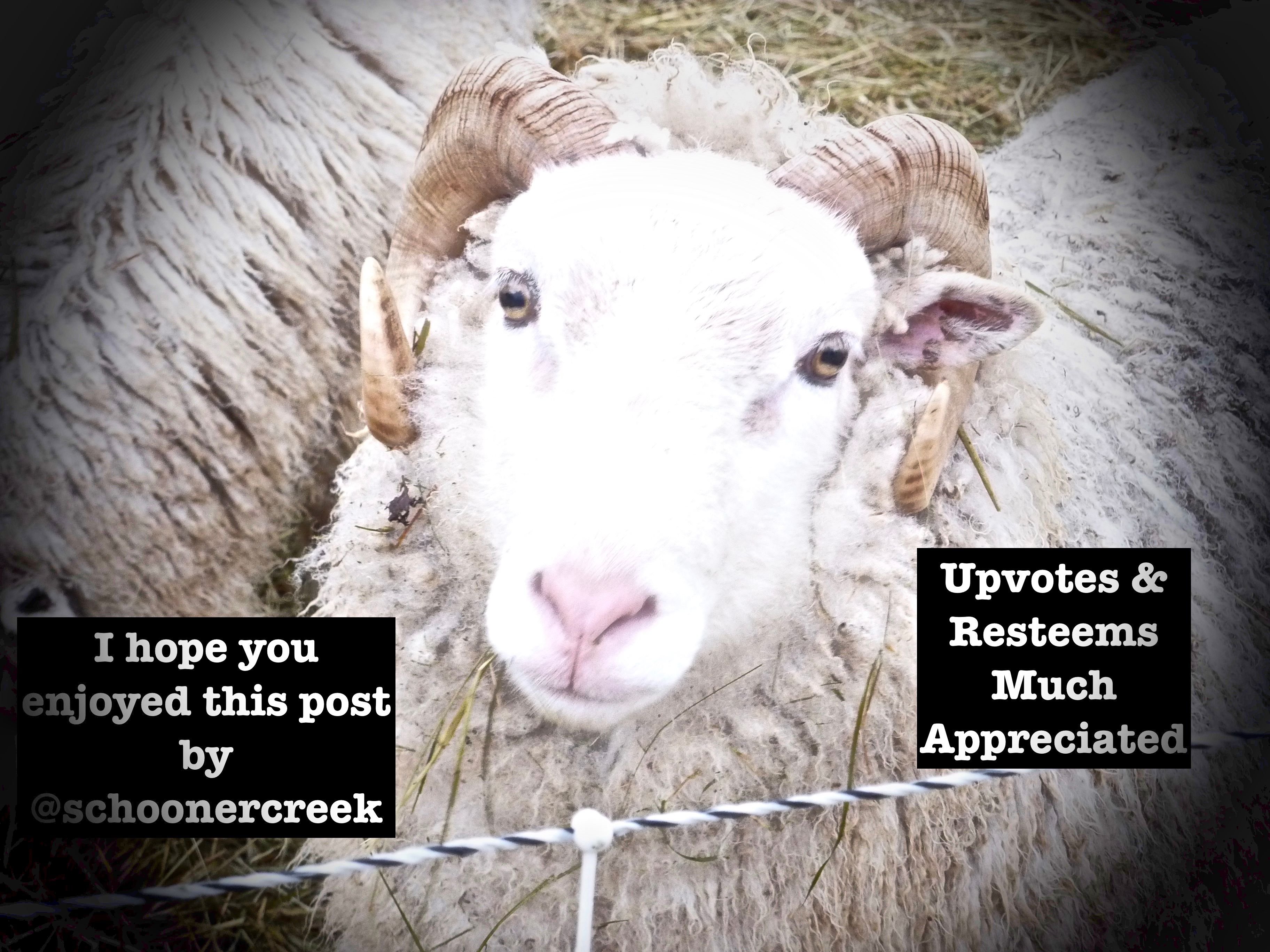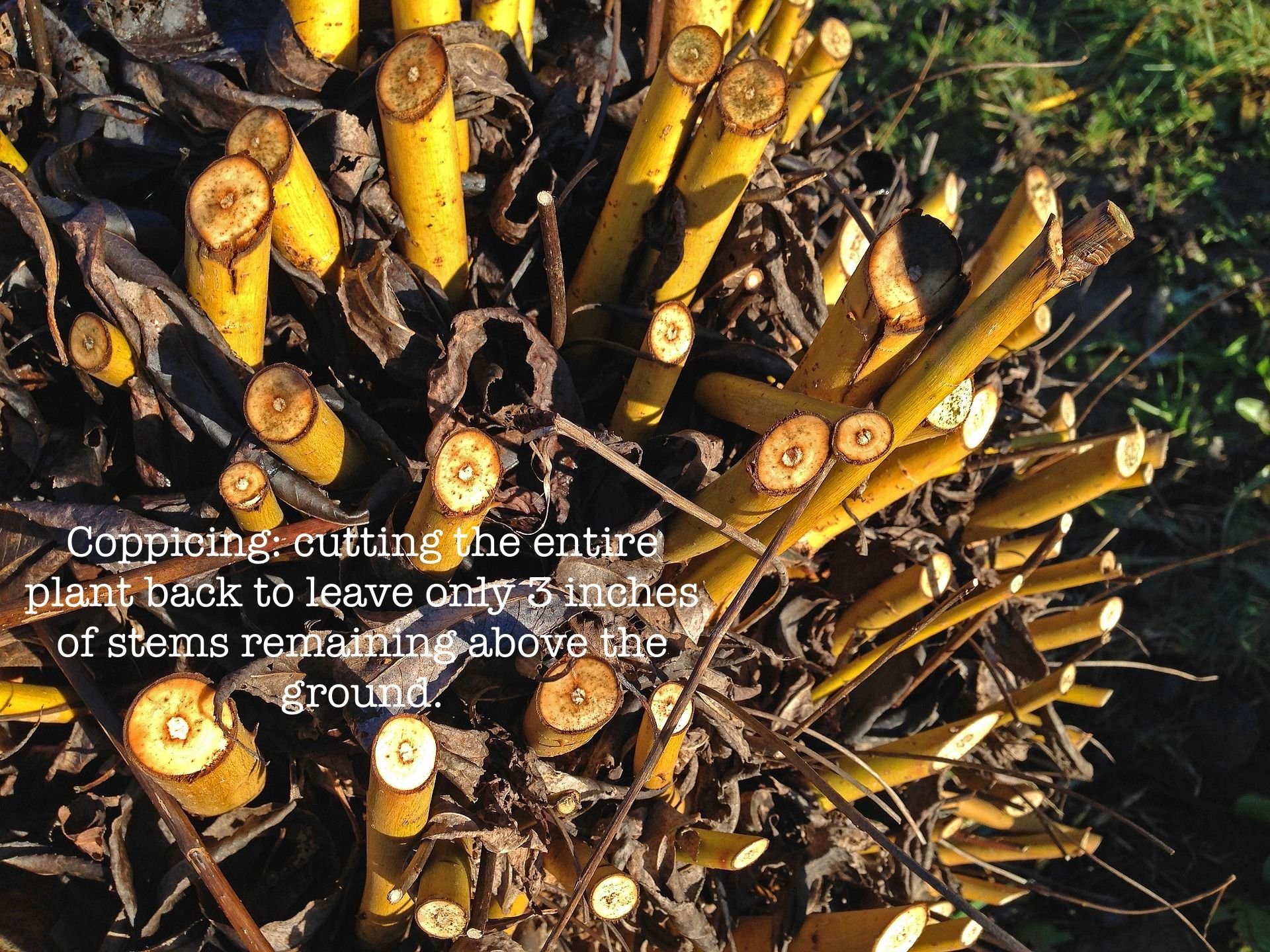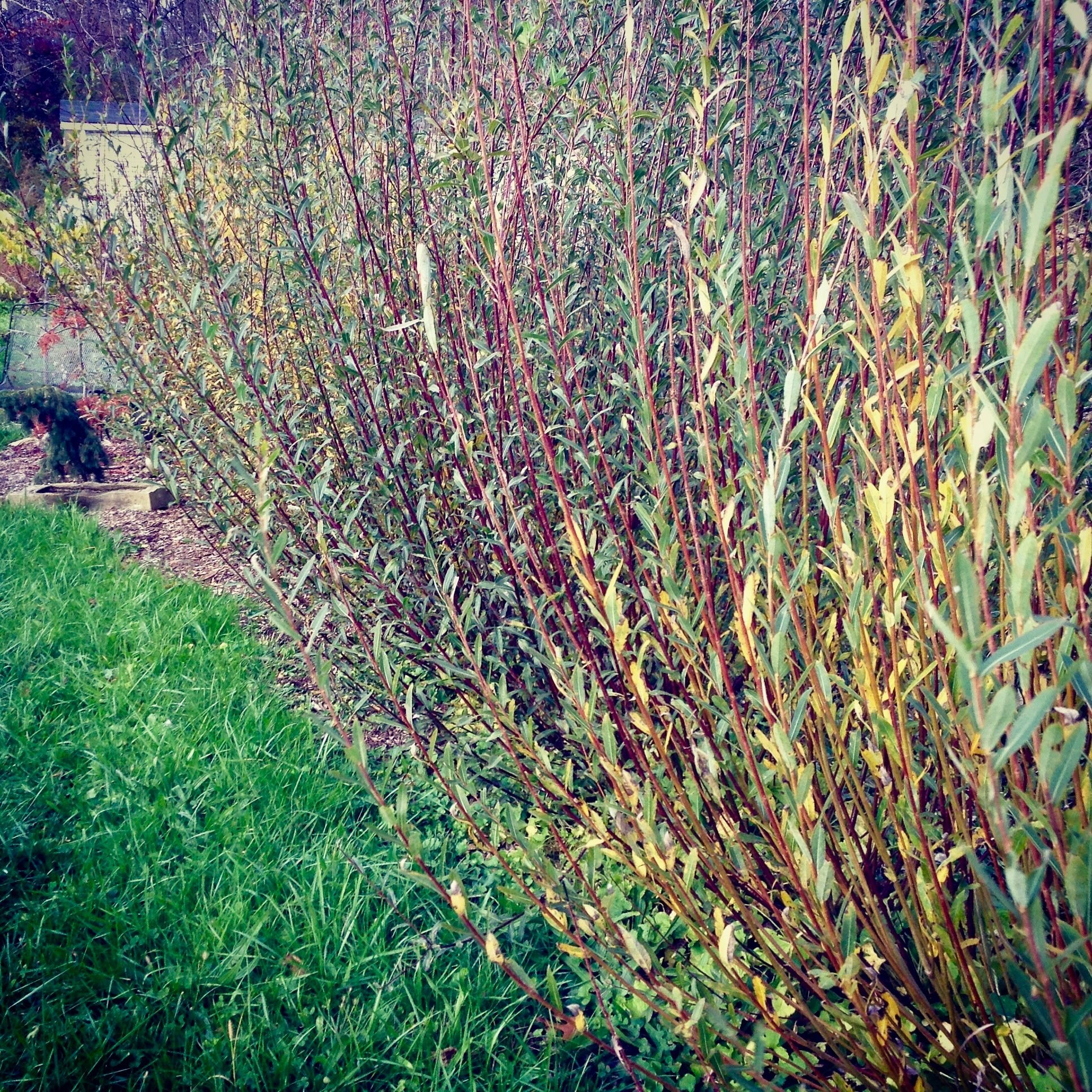
Many are familiar with wild willow, but did you know there are some fantastic named varieties of "basket" willow?
Some of them bear names such as "Britzensis" and "Polish Purple"; they've been propagated and bred intentionally for their long straight rods, with very little branching, making them ideal for construction of all kinds. Some max out at about 6 to 7 feet tall and some of the tallest varieties grow to 10 feet or so... Some have thin diameters and some thick.
These are ideal for "living willow" construction such as fences, baskets, trellises, and so much more! These varieties of willow also make beautiful hedges and windbreaks. They're non-invasive, and they have a neat, tidy clumping growth habit.
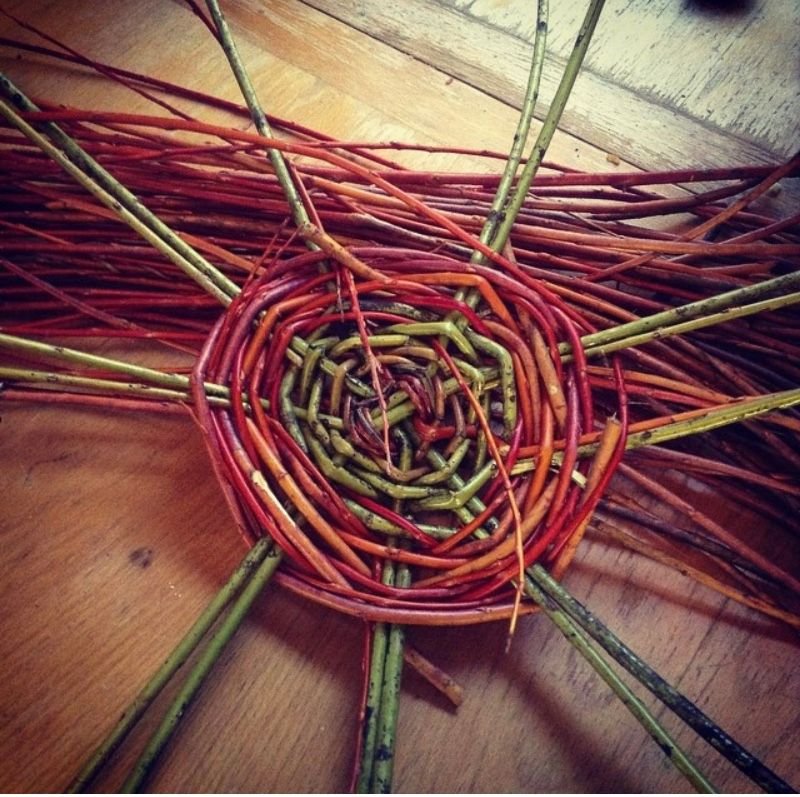
During the summer they have the typical, well-loved "breezy" rods covered in leaves which make it a great seasonal shade- providing plant and wind break. (We appreciate a little bit of late afternoon shade on our lettuce plants in the summer, so we will plant lettuce on the east side of the willow hedge.
In winter when most other color is lacking, these willows can offer interest in the garden and landscape by their wide range in color depending on the variety- from lime green, gold, bright coral red, deep red, brown and black...

We are growing about 8 different varieties currently. They are EASY to grow!
Start with cuttings, these can be ordered from this wonderful site called Dunbar Gardens. When they arrive in the mail you will either store them for a short period of time in the refrigerator or plant them right away. The best time of year to plant them is in early Spring.
It is best to prepare your planting site by smothering weeds and layering on some quality manure and mulch of some kind (straw, woodchips, etc)... If it is very compacted soil, you might need to break it up with a digging fork or tiller.
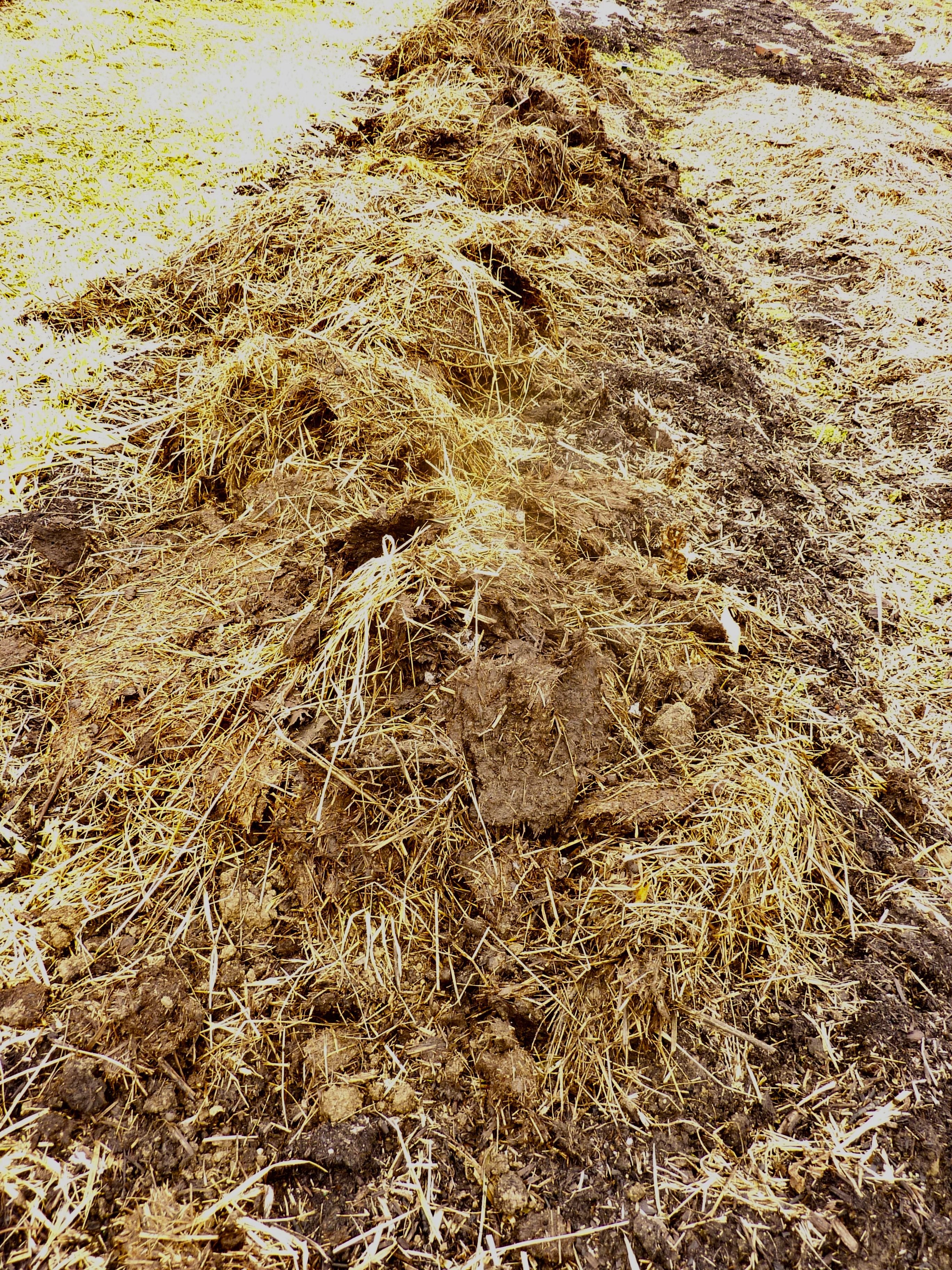
The cuttings will look like little 12 inch long sticks. You will see their tiny buds pointing upward and clinging to the stick. Push each cutting into the soil deep down until just 3 inches of stick remain above ground. Make sure the buds are pointed upwards, not upside down.
These cuttings can be planted about 12 inches apart. I like to plant them in a long row to create a hedge, but you can also plant them individually. Each cutting will grow into a nice size clump. This one little cutting, in it's first year, will grow up to it's maximum height and may branch a little bit. Let it grow for a full two years, and then in it's second winter, you coppice it for it's first time. You will then continue to coppice it every year in late winter.
By coppicing your willow each year, you will be harvesting the rods which can be used for crafting and building. Coppicing also stimulates the plants to put forth a nice bounty of long straight rods for that year. Each year when you coppice the plant, the clump will grow and spread a little bit. Here at our farm, our plants in their third year had grown to be about 10 to 12 inches in diameter- with each clump putting forth close to 50 rods or more.
Now six years later the clumps are about two feet wide and the hedge is quite pretty and full, and there are all the willow rods one could dream of for crafting and building.
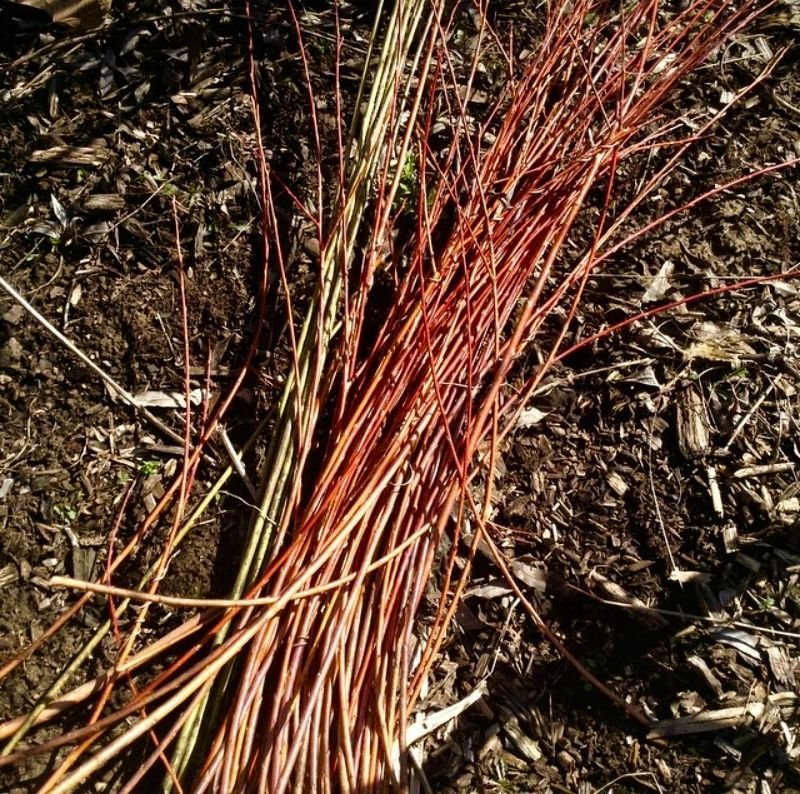
To use the willow rods for basket weaving, it is recommended to cure them by laying them flat or hanging them in the shade for several weeks. Then if you want to weave with them, soak them in water for about three days.
Once you have soaked them again you will need to weave with them right away.
Also, there is still lots that can be done with the fresh cut, un-cured rods. With our tallest varieties I have used them for bean trellises in the garden in a pinch and they work great!
This book shows some amazing crafts and construction that an be created with willow:
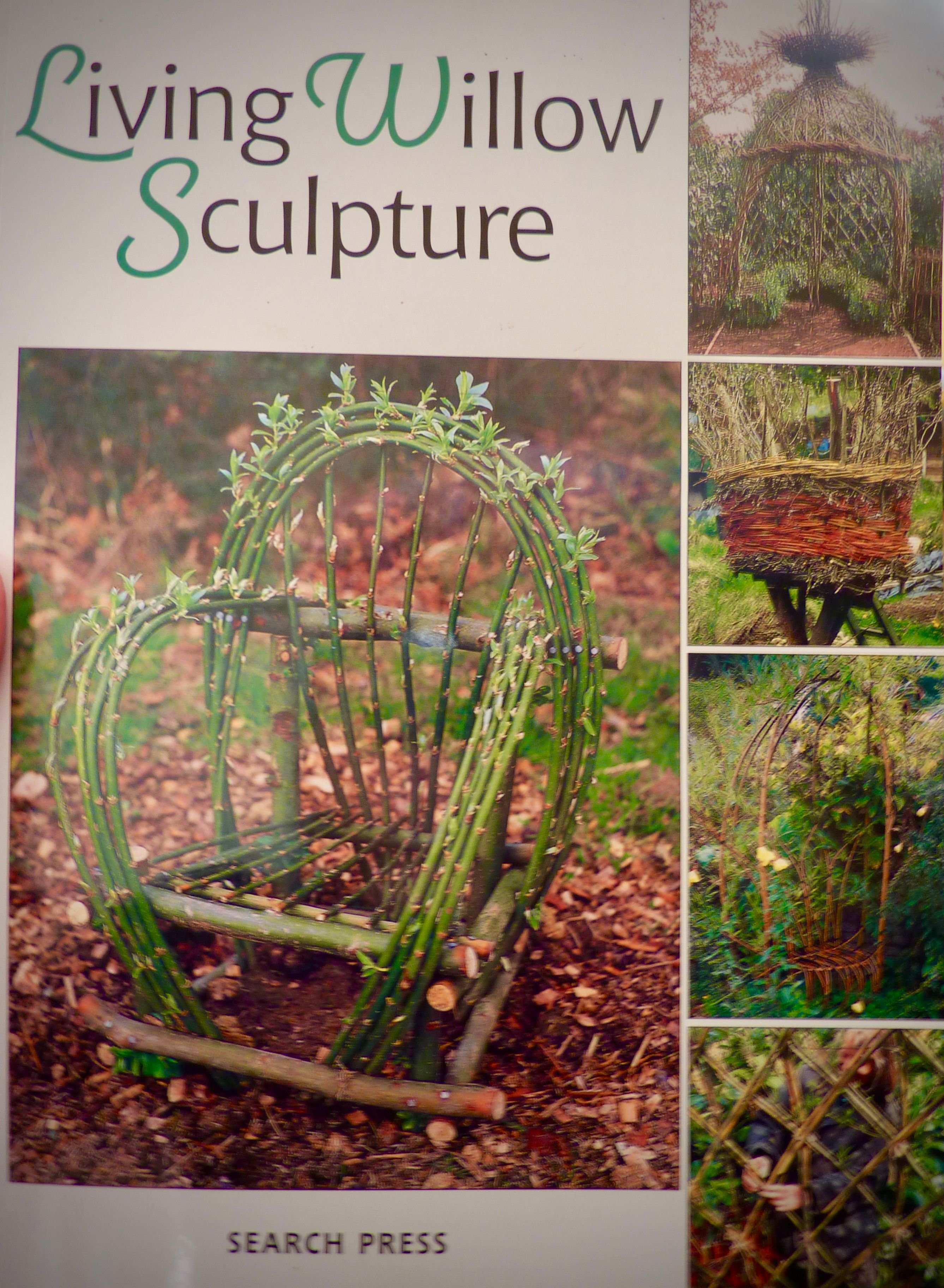
I hope you're inspired to plant some willow on your farm this year!
